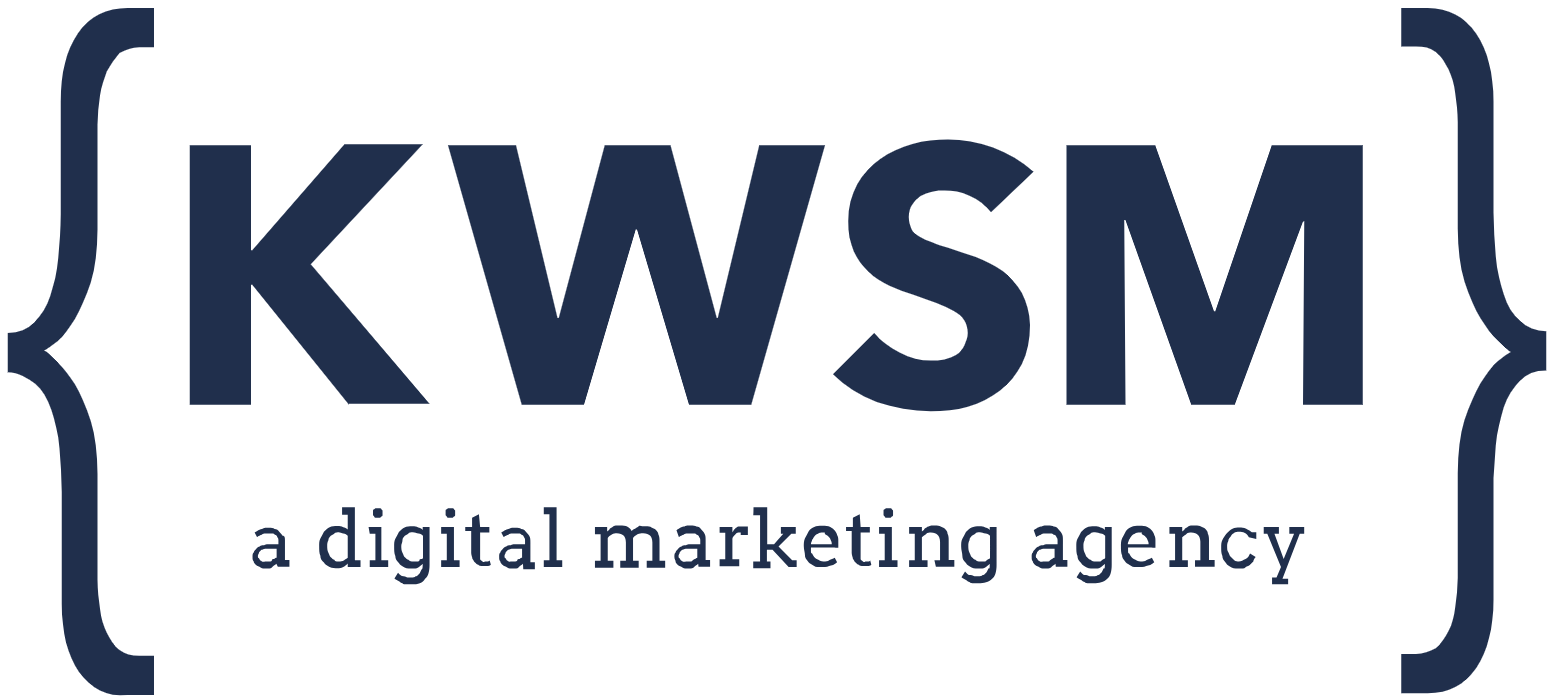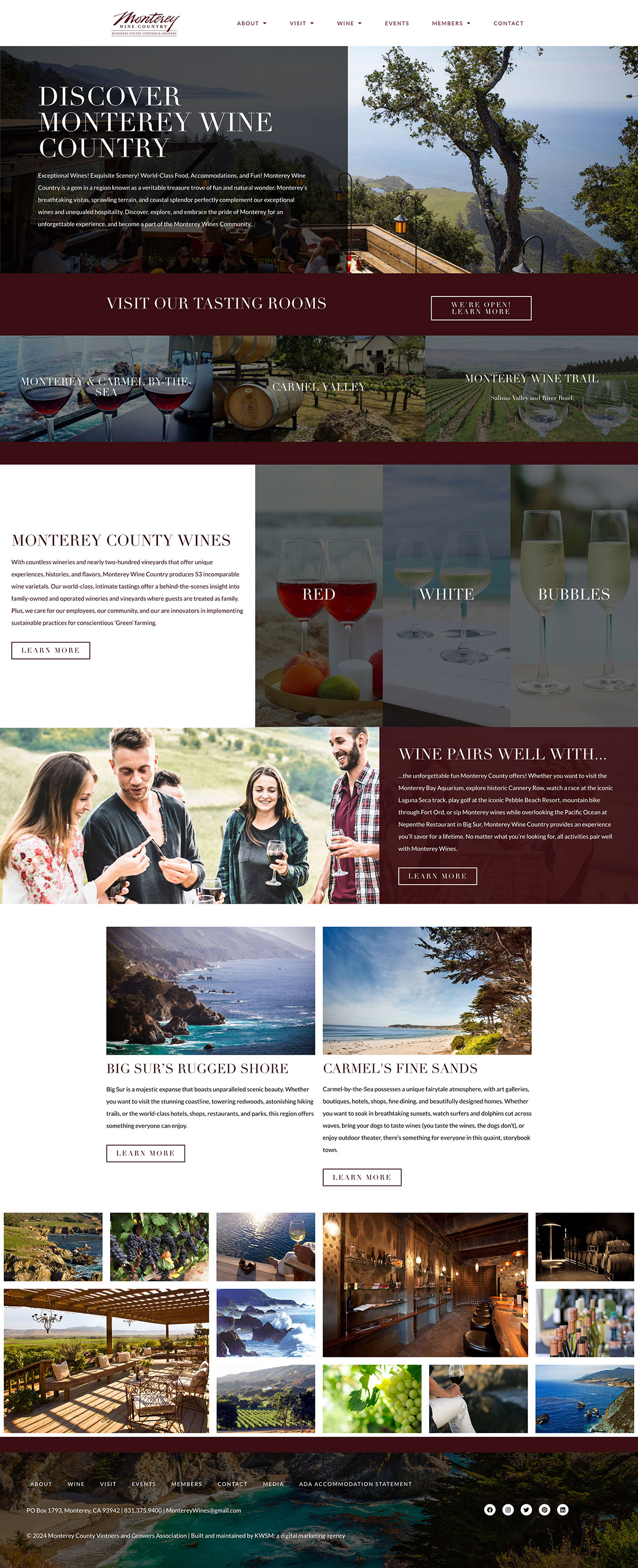Many of us are great writers, but your content only is as strong as your optimizations. Since there are four million blogs created every day, the search engines need to find ways to differentiate and rank one blog over another. This is where formatting begins to play an incredibly important role.
Without the right formatting, it is very likely that search engines will not find your blog useful to show to their users. Similarly, you will find that your readers are less likely to finish reading your blog if you do not provide them with an easy-to-read blog.
5 Best Practices for Blog Formatting
Every company blog will embrace its own style and brand voice, but the following five best practices are fairly universal. If you can follow most or all of these, you are in good shape.
-
Clear, Concise Title:
Do your best to write a headline that is short and that clearly explains what the blog will be about. It’s tempting to get clever with your blog title, but we find that our best performing blogs always clearly state the subject matter. The more exact the title is, the more likely the reader is going to stay to read the blog because it is what they came for!
-
Keyword Dense Headlines:
To make the reading experience easier for the reader, we highly recommend adding 2-4 main headlines to your blog. Don’t just increase the font, actually turn them into headline tags. Search engines crawl your titles and headlines first. Add in a few keywords to these sub-titles, and you will see your blog ranks go up.
-
Use Bullet Points & Lists:
Similar to headlines, try to write your blog in such a way that it can be displayed with bullet points or numbered lists. It makes it easier for both people and search engines to scan your blog. Contrary to what people think, the faster your website visitors can get their answer, the more likely they will stay on your website. Why? Because there are thousands of other websites available ready to teach them. If you don’t grab them, they will click away and find another reference.
-
Choose Killer Images:
In general, adding an image to your blog post can help generate 2.3x more social engagement than your usual plain-text updates. Choosing the right hero image will massively boost the traffic you see on your blog. Check out our Best Practices For Choosing a Hero Image here.
-
Break Up Paragraphs:
Since most people are reading blogs from their phones, it is important to keep their screen size in mind. Throw APA format out the window and focus on keeping your blocks of text short so it becomes easy to read on a phone.
A Few Other Best Practices For Posting
Now, before you publish your blog to your website, I highly encourage you to take a look a few other resources.
First of all, there are the 5 Things You Must Do When Posting a Blog. Best practices dictate that every blog consists of the following 5 things: a featured image, meta title & description (for SEO reasons), focus keywords, tags, and internal links to relevant webpages.
Additionally, every blog you post should have the optimize your image alt-tags for SEO purposes and strategically find a featured image that follows the best practices, so you improve your readership.
Need Help Writing Your Blogs?
KWSM: a web marketing agency has a skilled team of content writers who will be able to help ensure your blogs are written, formatted, and posted in the optimal way to be found. To learn more about our services, please contact us.
Four million blogs are created every single day.
Are you curious about how your blogs measure up to the competition? Our team is currently offering a website audit in which we will review your blog posts and let you know how you can improve them to help you stand out.
CLICK HERE to sign up for a complimentary 30 Minute Website Audit












